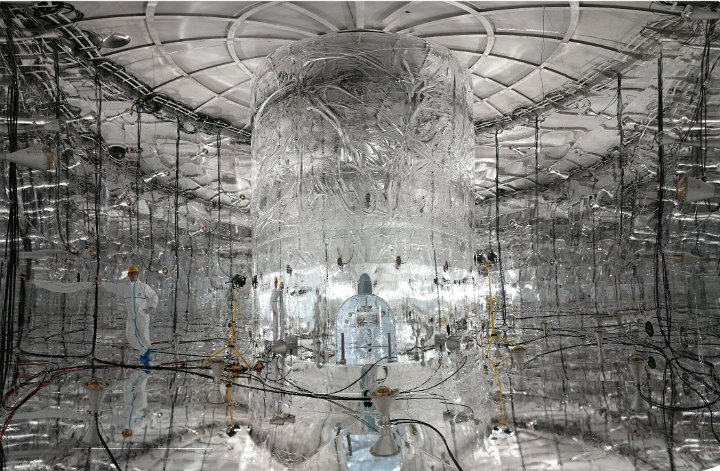Extremely sensitive experiment shows no hint of a key radioactive decay
Ars Technica » Scientific Method 2017-04-07

Enlarge / The interior of the GERDA detector, made reflective to increase the chance of picking up stray light. (credit: K. Freund, GERDA collaboration)
The Standard Model of physics, which explains the properties and interactions of the fundamental particles, does a phenomenal job with the things it gets right, and there's nothing that it obviously gets wrong. But that's not to say it doesn't have its issues. There are a variety of rather fundamental topics that it doesn't cover at all, like why neutrinos have a mass and what constitutes dark matter.
A variety of extensions of the Standard Model deal with these topics, but they're entirely theoretical—we don't have experimental evidence for them. This week, one of the most exquisitely sensitive tests yet to look for validation of alternative versions of the Standard Model has been reported, and it has turned up blank. The test had to be sensitive, as it was looking for a radioactive decay with a half-life at least 15 orders of magnitude longer than the age of the Universe.
Spinning antiparticles
The issue being tested has to do with one of the more notable missing pieces of the Standard Model. There's obviously a lot more matter than antimatter present in our Universe, and the Standard Model gives few hints as to why that should be, since it mostly treats matter and antimatter as functionally equivalent. A number of extensions have been proposed that do produce a matter-filled Universe, but many of them rely on a specific and peculiar idea about neutrinos.